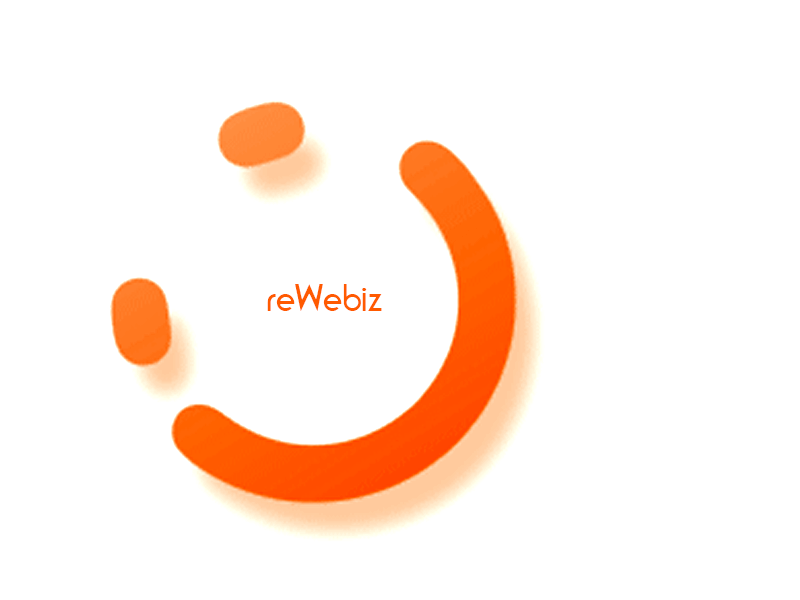
- July 25, 2023
- International
Breaking Down the True Cost of Building a Website: An International Perspective
Whether you’re a freelancer in São Paulo, a startup founder in Berlin, or a retailer in Nairobi, understanding what goes into the cost of a website is crucial for budgeting and planning. From registering a domain name to ongoing maintenance, website expenses can vary dramatically depending on where you are—and what you need. In this post, we’ll unpack the factors that drive those costs, compare typical regional price ranges, and share tips to get the most value for your budget.
1. Why Website Costs Vary Globally
- Labor Rates & Market Competition
Designers and developers in North America and Western Europe typically charge more per hour than those in Eastern Europe, South Asia, or Latin America—often reflecting differences in living costs and local demand. - Infrastructure & Licensing Fees
Some regions impose higher taxes, import duties on hardware, or require extra licensing (e.g., GDPR‑compliance audits in Europe), which can add to total project expenses. - Currency Fluctuations
Stronger currencies may make international agencies more expensive, whereas weaker local currencies can be a boon for outsourcing.
2. Key Components of Website Cost
- Domain Name
- International domains (e.g., .com, .net): $10–$20/year
- Country‑code domains (e.g., .co.uk, .in, .jp): $5–$50/year
- Hosting & Infrastructure
- Shared hosting: $3–$15/month
- VPS or cloud hosting: $20–$100+/month
- Managed WordPress or specialized platforms: $25–$200+/month
- Design & Development
- DIY Website Builders (Wix, Squarespace): $0–$25/month + template fees
- Freelancers: $15–$150/hour (region dependent)
- Agencies: $50–$250+/hour, or fixed‑price packages
- Features & Integrations
- E‑commerce setup: $500–$5,000+
- Custom forms, booking engines, multilingual support: $200–$2,000 each
- Content Creation
- Copywriting: $0.05–$0.50 per word
- Professional photography or stock licenses: $10–$200 per image
- Logo & branding: $100–$5,000+
- Ongoing Maintenance & Marketing
- Security updates, backups, small tweaks: $50–$200/month
- SEO, social media, and paid ads: $200–$5,000+/month
3. Typical Regional Price Ranges
|
Region |
Simple Brochure Site |
Small Business Site |
Custom Enterprise Site |
|
North America & UK |
$1,000–$5,000 |
$5,000–$20,000 |
$20,000–$100,000+ |
|
Western Europe |
€800–€4,000 |
€4,000–€18,000 |
€18,000–€80,000+ |
|
Eastern Europe |
$500–$2,500 |
$2,500–$10,000 |
$10,000–$50,000+ |
|
Asia-Pacific |
$300–$2,000 |
$2,000–$8,000 |
$8,000–$40,000+ |
|
Latin America |
$200–$1,500 |
$1,500–$6,000 |
$6,000–$30,000+ |
|
Africa & Middle East |
$250–$1,800 |
$1,800–$7,000 |
$7,000–$35,000+ |
Note: Prices are approximate and depend on complexity, experience level, and local market conditions.
4. DIY vs. Freelancer vs. Agency: Which Is Right for You?
|
Option |
Pros |
Cons |
Best For… |
|
DIY/Builders |
Low cost; instant setup; templates available |
Limited customization; ongoing platform fees |
Hobbyists, very small businesses |
|
Freelancers |
More flexibility; cost‑effective; direct contact |
Varies widely in quality; may lack breadth of skills |
Startups, mid‑sized projects |
|
Agencies |
End‑to‑end service; multiple specialists; support |
Highest cost; longer lead times |
Enterprises, high‑impact launches |
5. Tips to Optimize Your Budget
- Define Clear Requirements Upfront
A detailed project brief prevents scope creep and unexpected fees. - Leverage Open‑Source & Templates
Save on design and development time by customizing existing themes or frameworks. - Bundle Services
Many agencies offer discounted rates when you combine design, development, SEO, and hosting. - Consider Time Zones
A team in a similar or overlapping time zone can reduce communication delays. - Plan for the Long Term
Investing a bit more in scalable architecture now can save you hefty migration costs later.
Conclusion
Building a website is an investment—and its true cost goes well beyond purchasing a domain or template. By understanding the components, regional variations, and delivery models, you can make informed decisions that balance quality and budget. Whether you opt for a DIY builder, a solo freelancer, or a full‑service agency, the key is clarity: know what you need, set realistic expectations, and choose partners whose expertise aligns with your goals.
Ready to get your project off the ground?
Contact our global team today for a tailored quote and see how we can bring your vision to life—on budget and on schedule.









